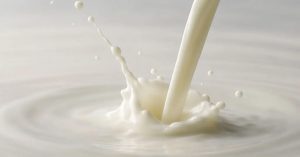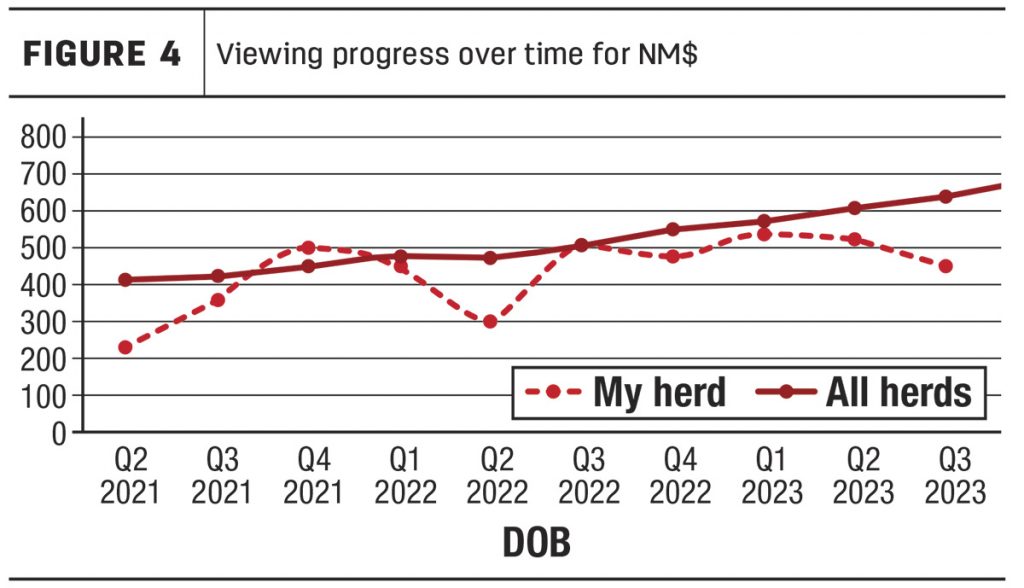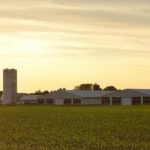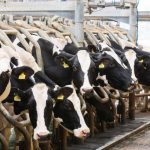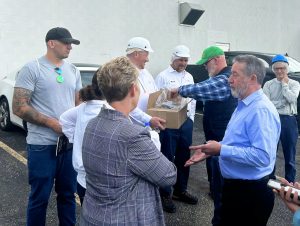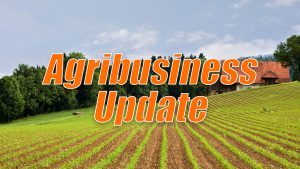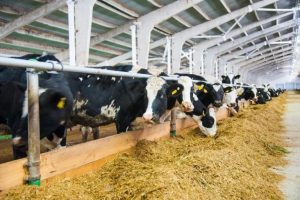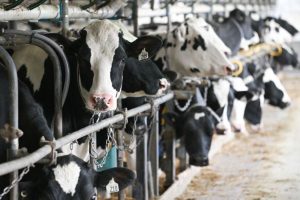In Figure 1, you see a genetic program that shows precision, matching high genetics and high performance in first lactation. Sixty-one kilograms of genetic value fat and 501 kilograms of performance yield puts this herd in the top 10% of herds in Canada for both genetics and performance. In Figure 2, we have a herd that ranks below average on both genetics and performance value for fat. First-lactation animals in this herd are outperforming their genetics. Considering the importance of fat in our milk market, we can easily adopt a precise genetic plan that maximizes genetic value and performance.


There will always be management variance that will impact performance. By putting genetic emphasis on economic drivers, you will get an increase in performance. The first step toward being precise with your genetics is observing how your genetic program optimizes your milk revenue and production efficiency.
Measure
As we enter 2025, the amount of data available to aid in decision-making has never been higher. On-farm herd management software systems are building huge datasets we have only begun to scratch the surface of. As these datasets continue to grow, how can we isolate the most important information to understand the impact of genetics on the dairy? Perhaps better said, how can we ensure the consultants we trust are using the data available to best advise a precision genetic plan?
Beginning with a genetic audit, we can peel back the layers on genetics in groups of animals all being managed the same. I would challenge you to look very closely at the genetic plan you are following. When was the last time you compared performance to genetics? How often are you measuring the genetic gains you have made over the last number of years? A precision genetic program will actively measure results and remain in line with the goals of the dairy. You have the data to prove the age-old phrase “you get what you breed for,” but are you using it?
Figures 3 and 4 reveal genetic gain over time. This data reflects the genomic values for females within a herd compared to a population average value. View these graphs as a report card of genetic programs over a two-year period.
Look at the consistency in Figure 3. This herd has put intentional emphasis on genetic selection, resulting in a genetic program that is precise. Figure 4 reveals much more variation in the herd’s genetic program; management may cover up some of the genetic variability, but the obvious lack of intentional focus leaves room for improvement.


Envision these figures as yield maps. Which field do you want to harvest? Which plan shows the most consistent potential to be successful?
The future of your herd begins with pregnancies. A high pregnancy rate is achieved through intense reproductive management as well as genetic potential to get pregnant. A great example of using data to measure the impact of genetics on reproductive efficiency is the trait Daughter Pregnancy Rate (DPR). As this value grows more positive, we expect fewer days open. In contrast, as the value grows more negative, we expect increased days open in animals being managed in the same herd environment.
Figure 5 uses on-farm performance data merged with genetic values for DPR to reveal differences in days open within the same herd. Being able to see the performance of a genetic trait within your own herd environment helps to clearly reveal the potential impact of genetics alongside reproductive management.

The impact of the data being collected every single day can be our most powerful tool in creating a precision genetic program in 2025. Be open to asking for help to analyze and understand where your genetics are in relation to your goals. The generation gap is long, and our memories are often short – we truly do get what we breed for.
Respond
Once we have gone through the precision processes of observe and measure, we can embrace a response. My first recommendation on response is to ensure that any change, addition of data or switch of trusted consultants be done with a focus on return on investment (ROI). We cannot simply follow the same plan and expect different results; we need to be diligent and intentional.
Forms of response could include but are not limited to:
- Management changes to enhance genetic potential
- Annual meetings to review genetic progress and performance with trusted consultants
- Milk recording to closely monitor genetics and performance
- Genomic testing of female animals for strategic breeding
- Mating programs aligned with herd goals
- Benchmarking with like-minded producers
I expect responses to be unique in every herd situation, but the common goal should be improvement. Our industry is changing; we can respond and transform our genetic programs to be precise in 2025.
There is one aspect of animal breeding that will always play a role in genetic plans: emotion. There is an emotional connection to the genetic program a herd is following that simply is not present in plant agriculture. The beauty of our industry is that everyone reading this article can make the decisions they feel are the best for their herd, family and the future generations of their dairy.
My final challenge is to decide to elevate your genetic program to precision in 2025. The tools, knowledge and ability are available at a higher level than ever before; there is no better time than now to start being precise with your genetic plan.
You can now read the most important #news on #eDairyNews #Whatsapp channels!!!
🇺🇸 eDairy News INGLÊS: https://whatsapp.com/channel/0029VaKsjzGDTkJyIN6hcP1K
